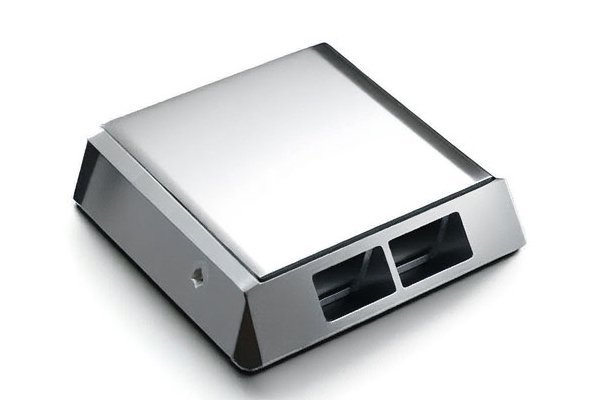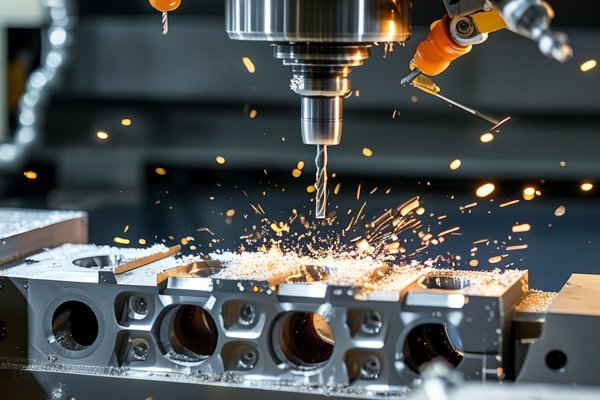In the dynamic world of manufacturing, Computer Numerical Control (CNC) milling has become a cornerstone technology, providing precision machining, speed, and versatility for a wide range of applications. As a vital process in many industries—including automotive, aerospace, and medical—CNC milling offers numerous advantages, but it is not without its challenges. At YL Machining, we understand that overcoming obstacles is key to achieving optimal performance. In this detailed exploration, we will delve into the common issues faced during CNC milling and offer effective solutions to enhance production efficiency and product quality.
—
Understanding CNC Milling
Before diving into the common problems, it’s important to understand what CNC milling entails. CNC milling is a subtractive manufacturing process where a rotating cutting tool removes material from a workpiece to create parts to exact specifications. This process is governed by computer algorithms that control the movement of the machine’s components, allowing for precise and repeatable results.
Key Advantages of CNC Milling:
However, despite these benefits, various issues can arise during the milling process.
—
Common Problems in CNC Milling
Problem: One of the most frequent issues encountered in CNC milling is tool wear, which can lead to reduced cutting efficiency and poor surface finish. Factors such as material hardness, cutting speed, and feed rate can accelerate tool deterioration.
Solution: Implementing a regular maintenance schedule and monitoring tool wear through advanced sensors and predictive analytics can mitigate tool deterioration. Additionally, selecting the right tool material (e.g., carbide for harder materials) and optimizing cutting parameters can significantly extend tool life.
Problem: Cutting forces and vibrations can lead to chatter, resulting in an undesirable finish and dimension inaccuracies. This is especially problematic for complex parts where precise tolerances are critical.
Solution: To dampen vibrations, use high-rigidity setups and appropriate tooling. Implementing optimized cutting parameters including feed rate and depth of cut tailored to the material and tool can minimize cutting forces. Another advanced approach includes utilizing vibration dampening fixtures to stabilize the workpiece.
Problem: During machining, certain materials might deform due to thermal expansion or excessive cutting force. This can cause issues such as warping and dimensional inaccuracy.
Solution: Controlling the heat generated during the milling process by ensuring suitable cutting speeds and employing high-quality coolants will help alleviate heat-related deformation. Additionally, using a fixture that secures the material firmly can help maintain dimensional integrity.
Problem: Effective chip evacuation during milling is crucial. Poor chip management can lead to tool damage, surface finish issues, and machine downtime.
Solution: Utilize advanced chip evacuation systems such as high-pressure coolant systems or modular chip conveyor belts to ensure that chips are effectively removed from the cutting area. Regularly scheduled maintenance of these systems is also essential to ensure optimal performance.

Problem: Errors in the CAD/CAM programming can lead to significant mistakes in the produced parts, leading to waste and increased costs.
Solution: Comprehensive training for operators and programmers in CNC programming can drastically reduce errors. Additionally, employing simulation software can help visualize and verify tool paths before actual machining.
Problem: CNC machines may produce parts that do not meet specified geometrical tolerances due to various factors, including machine calibration issues or incorrect tooling.
Solution: Regular machine calibration and maintenance can address geometric inaccuracies. Utilizing probes during setup to ensure that the workpiece is placed correctly can also enhance precision.
Problem: Achieving the desired surface finish can be a challenge, especially in intricate designs. Tool selection, cutting speed, and feed rates all play a significant role in the final appearance and functionality of the part.
Solution: Careful selection of tooling and cutting parameters is critical for achieving a high-quality finish. For instance, finer cutting tools with higher surface speeds may yield smoother finishes. Post-machining processes such as polishing or surface treatment can also enhance final product quality.
—
Advanced Solutions for CNC Milling Challenges
To further address the challenges mentioned, consider implementing the following advanced strategies within your CNC milling operations:
By integrating Internet of Things (IoT) technology into CNC operations, manufacturers can monitor machine performance in real-time. This facilitates proactive maintenance, reduces downtime, and ensures efficiency.
Adopting lean principles can eliminate waste and streamline processes. Tools such as 5S, value stream mapping, and continuous improvement can help in optimizing the CNC milling workflow.
Employing rigorous quality control measures and employing statistical process control (SPC) can catch errors before they escalate. Regular inspections and reporting can ensure that machined parts meet specified standards.
Training employees in both technical skills and problem-solving capabilities can equip them to handle machining issues effectively. Empowered employees contribute significantly to reducing operational risks.
—
Though CNC milling presents challenges, understanding common problems and their solutions is key to maximizing efficiency and product quality. At YL Machining, we are committed to implementing the best practices in CNC machining to overcome obstacles and achieve excellence in manufacturing. By embracing advanced technologies and methodologies, we strive to set new benchmarks in the CNC milling industry.
By focusing on continuous improvement and staying ahead of technological advancements, we can effectively navigate the complexities of CNC milling, ensuring that our clients receive top-quality products and services tailored to their unique needs.






